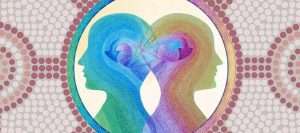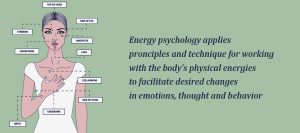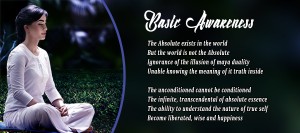- 1Mind and Prana
- 1.1Healing
- 1.2Sleep and the Home
- 2The Great Cosmic Dream
- 3Every Day as the Creation of the Entire Universe
- 4THE POWER OF CONSCIOUSNESS
- 5Three Worlds and Five Bodies
- 6SLEEP AS A SPIRITUAL DISCIPLINE
- 7Ayurvedic View of Dreams
- 8SLEEP PROBLEMS
- 8.1Why do we sleep?
- 8.2How does sleep affect memory?
- 8.3What has changed in sleep research?
- 8.4What do you measure to test brain health?
- 9NIDRA YOGA — MINDFUL SLEEP
- 10YOGA AT EACH LEVEL OF CONSCIOUSNESS
- 10.1Yoga in the Waking State
- 10.2Yoga in Deep Sleep
- 10.3Yoga in the Fourth State
- 11Natural Patterns of Sleep
- 12Dreams and the Astral World
- 13Science and the Mind
NIDRA YOGA — MINDFUL SLEEP
Yoga nidra is defined as yoga of sleep, but in practice it is called self-meditation which aims to release awareness systematically from the body and thinking mind. The practice has been imitated and modified by many practitioners over the centuries, but the basic process is relatively uniform.
Assuming a sleeping position, lying comfortably on his back, the practitioner goes through a simple diaphragmatic breathing exercise along with a body scan, moving awareness to focus (nyasa) on one part of the body or energy center at a time, starting with the feet and so on. overhead, using autosuggestions to relax and gradually release gravity and space. The goal in yoga nidra is to get to the most restful and rejuvenating place in consciousness without falling asleep.
According to Indian tantric lore, one hour of yoga nidra is equivalent to four hours of sleep, and practicing yoga nidra before going to bed allows for a more restful sleep. A person who sleeps well has the ability to learn a lot of information, such as being quicker to acquire spiritual knowledge, because it bypasses their conscious state of mind and enters their subconscious mind state. Practicing yoga nidra allows a person to refocus his mental and physical powers in one particular area or direction. Doing so allows a yogi to channel their resolve back into a single focus for maximum spiritual progress.
In a world of information overload and multitasking, taking “yoga breaks” to relax has become a modern trend and an economical opportunity.
True nidra yoga is an integral part of yoga across the four states of consciousness, cultivating awareness during waking, dreaming and deep sleep. This involves moving into the inner peace of the Self Witness during sleep or rest. It allows us to consciously enter into a deep pratyahara-like deep sleep, and gives us the ability to switch off the senses and motor organs during the waking state as needed. In this state, we draw our awareness into the heart—not the physical heart but the deeper spiritual heart. In the state of yoga nidra, where the mind is suspended, one can contact the free flow of knowledge from a higher consciousness. This is described as dharma megha samadhi in the Yoga Sutras. Through true yoga nidra, we contact Ishvara consciousness, the inner guru of yoga.





